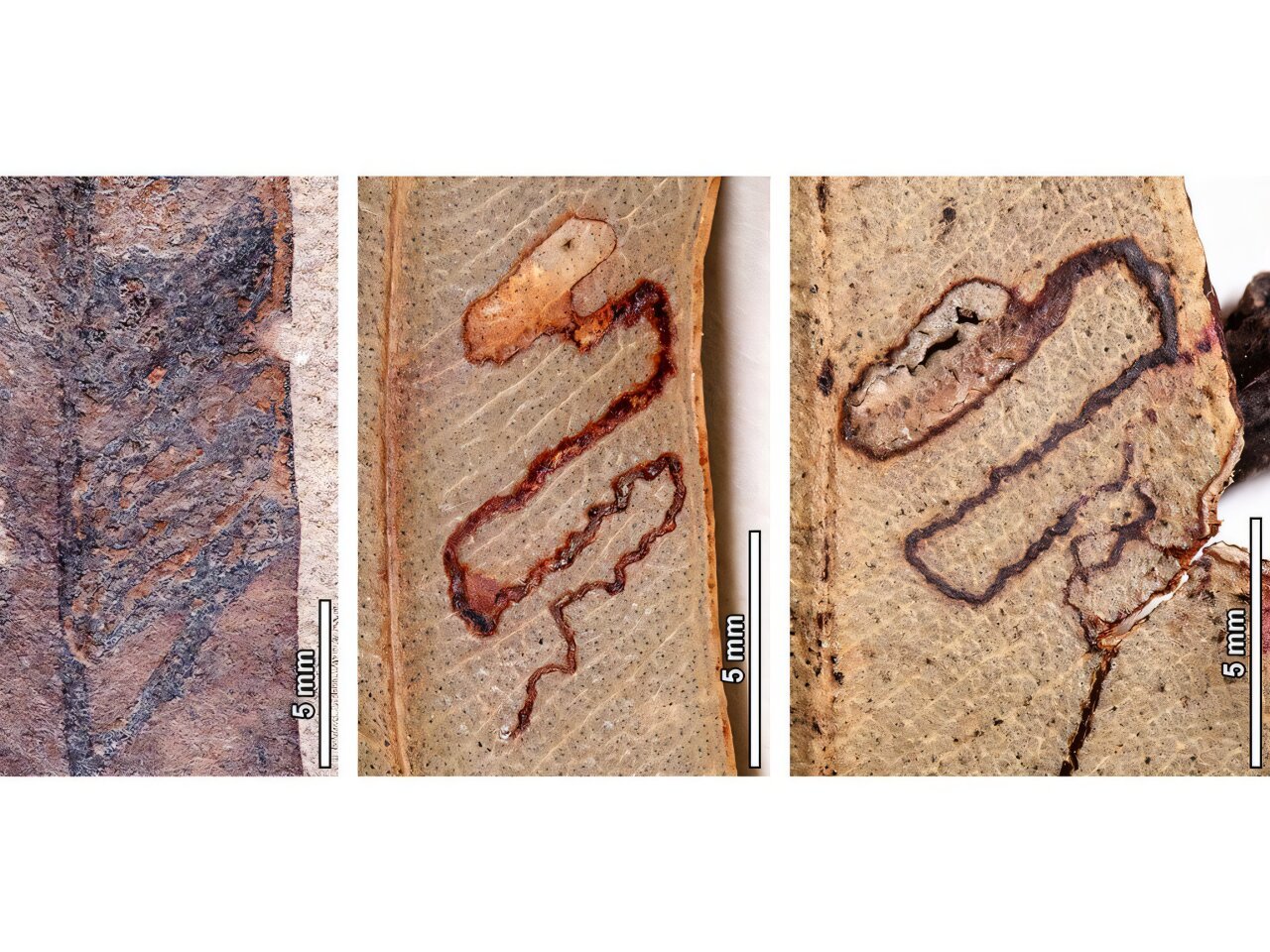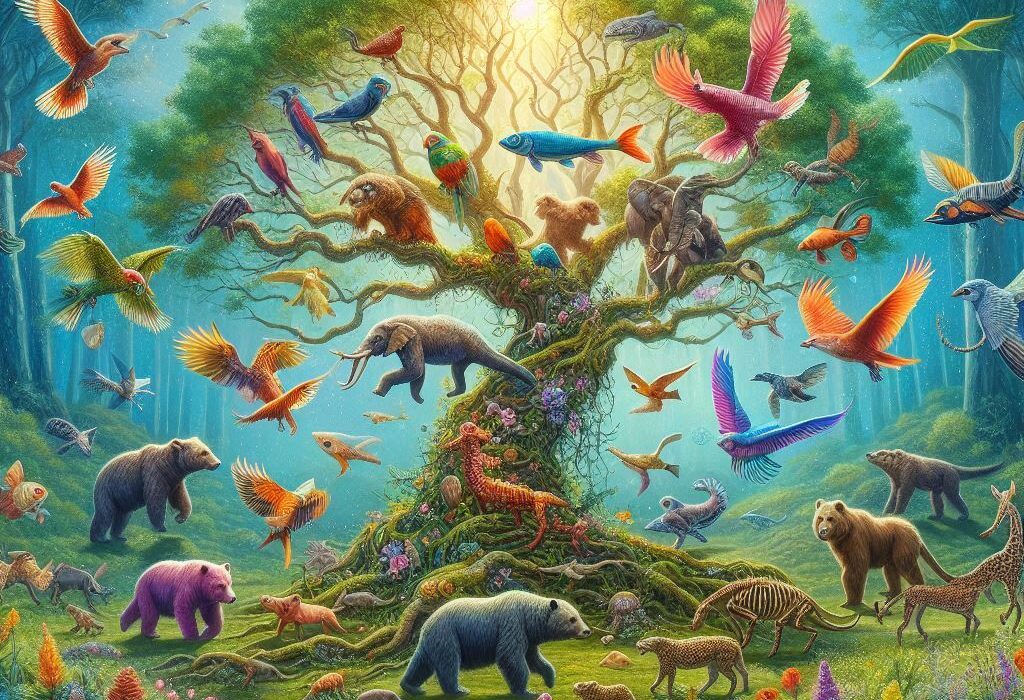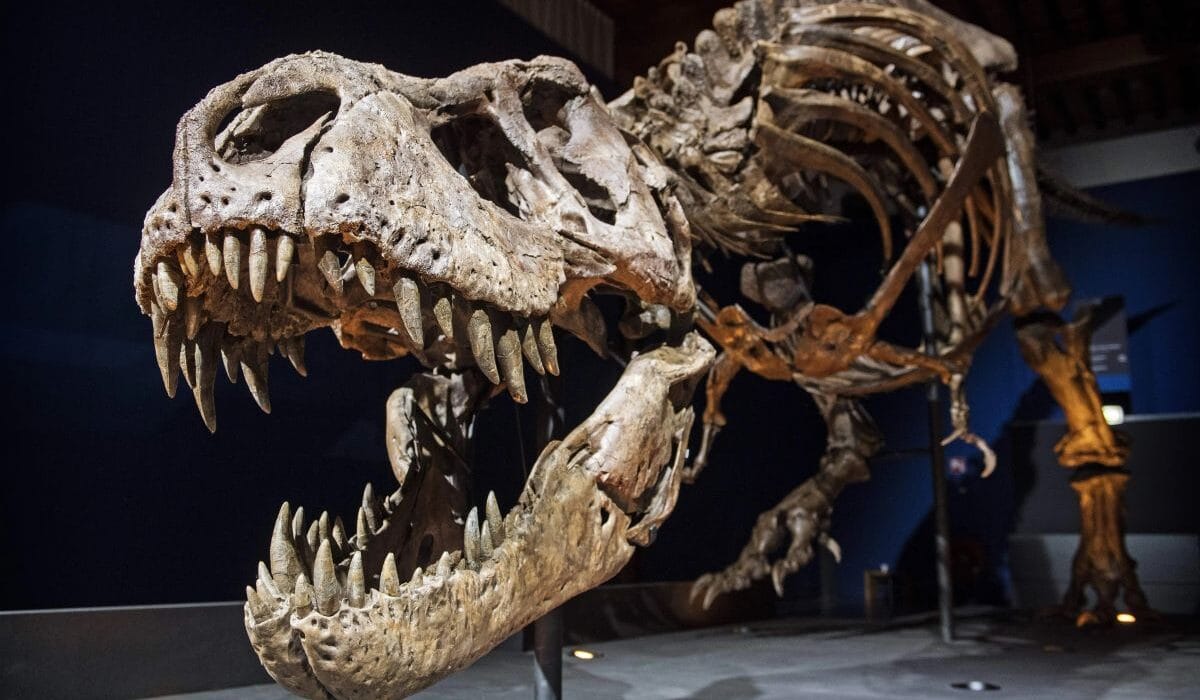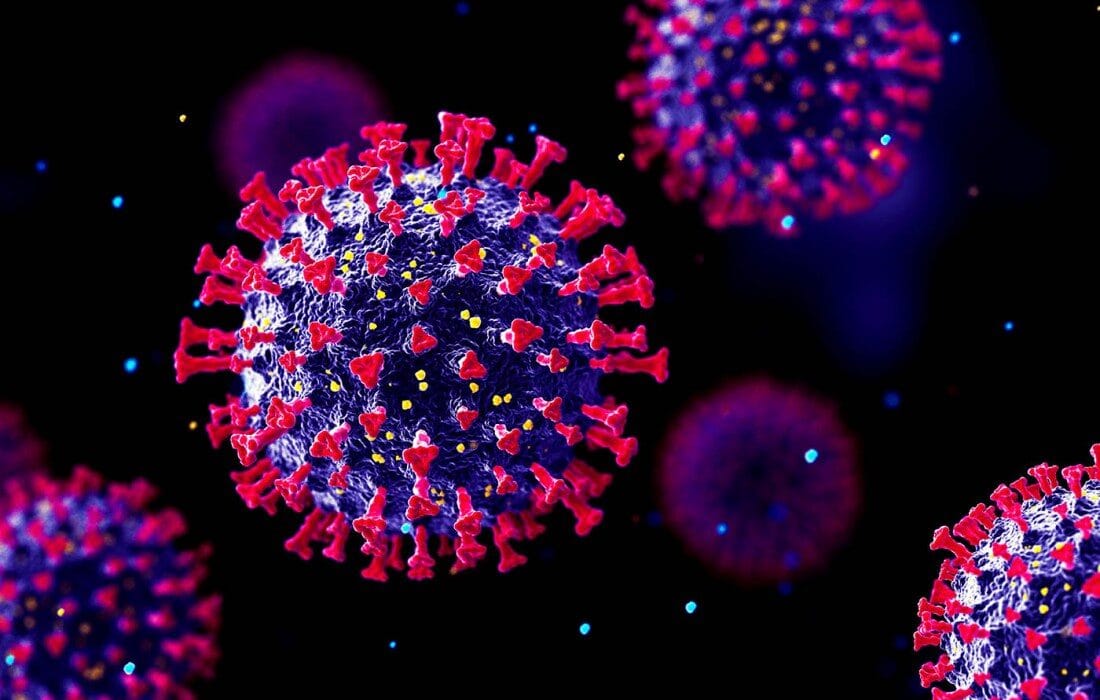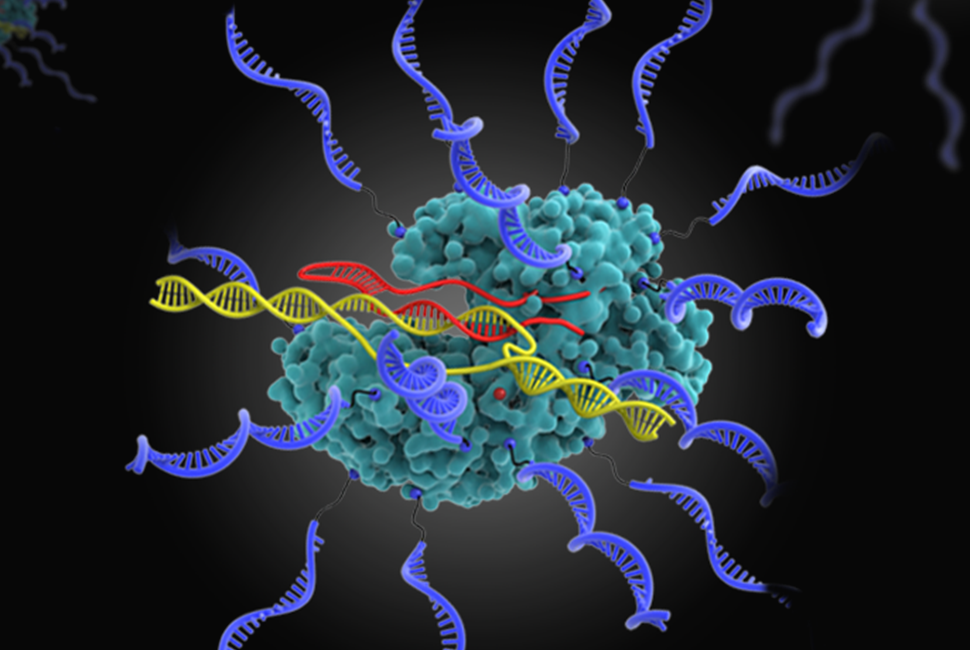When it comes to finding a good meal, leaf-eating insects don’t hesitate to follow their favorite food, even across vast distances and millions of years. Recent research by scientists at Penn State has uncovered fascinating evidence suggesting that insect herbivores have been dining on Eucalyptus trees, native to Australia, for at least 52 million years. The discovery not only sheds light on the remarkable evolutionary relationship between these insects and their plant food but also unveils insights into the persistence of these ecological dynamics across time and space.
The study, published in the journal New Phytologist, reveals a surprising link between ancient insect damage on fossilized Eucalyptus leaves in South America and modern-day insect damage found on their living counterparts in Australia. This discovery underscores how insect herbivores have likely followed their preferred food sources across the Southern Hemisphere, from ancient Patagonia in Argentina to present-day Australia.
Tracing the Evolutionary Journey of Insect Herbivores
In a groundbreaking finding, L. Alejandro Giraldo, a doctoral student in Penn State’s Department of Geosciences and lead author of the study, noted that types of insect damage found on 52-million-year-old fossil leaves closely mirrored those seen on modern Eucalyptus plants in Australia. This evidence suggests that multiple insect lineages have been feeding on Eucalyptus trees for tens of millions of years.
“The big stunning result is that every type of insect damage on the fossils survives today on Eucalyptus,” Giraldo said. “It suggests that the insects that were eating the Eucalyptus plants in the past tracked their plant food through time.”
While fossil evidence of the relationship between ancient plants and their herbivores is rare, this study offers a glimpse into how plant-insect interactions have endured through time. According to Giraldo, this work is significant because it highlights the evolutionary arms race between plants and insects. Plants develop new defenses to deter herbivory, and insects evolve strategies to overcome these defenses. This cycle of co-evolution, observed both in the past and present, demonstrates the stability and continuity of insect-plant interactions.
From the Age of Gondwana to Modern Day
Eucalyptus trees, native to Australia and Southeast Asia, have existed for millions of years, but the study also suggests that these plants once grew in Patagonia, part of modern-day Argentina, during a time when the Earth was much warmer. This discovery is tied to previous research indicating that plants like Eucalyptus may have spread when the continents were still connected in the ancient supercontinent of Gondwana.
According to the researchers, Eucalyptus and other plants native to the Southern Hemisphere likely moved across landmasses during the period when Australia, Antarctica, and South America were still part of the same landmass. This land connection was severed roughly 35 million years ago, but the plants’ evolutionary journey may have been guided by the insects that relied on them as a food source.
Giraldo explained that while the story of Eucalyptus plants surviving through time and space is well understood, the diversity of insects feeding on them has been more elusive. This is where the fossil evidence provided key insights into the interaction between these ancient trees and their insect herbivores.
Fossilized Insect Damage: A Snapshot of Ancient Ecologies
Giraldo and his team examined 284 fossilized Eucalyptus leaves from the Laguna del Hunco fossil rainforest in Argentina, dated at approximately 52 million years old. The researchers then compared these fossil leaves with over 10,000 modern Eucalyptus samples from Australia and Southeast Asia, preserved in collections across Australia and the United States. Their goal was to identify the types of insect damage on the ancient leaves and compare them with the damage seen on modern leaves.
What they discovered was striking. The ancient Eucalyptus leaves showed signs of insect herbivory just like modern leaves, with clear evidence of chew marks, galls, and mines—the hallmarks of insect feeding. Galls, which are tumor-like growths caused by insects feeding or laying eggs on leaves, and mines, tunnels created by insect larvae as they feed on plant tissue, were among the types of damage found.
Giraldo emphasized how similar the fossilized insect damage was to what one would see in a park today. “It’s just like today—if you go to a park and pick up a bunch of leaves, you’ll probably see chew marks, galls, or mines,” he said. “We can see these same insect-feeding traces in the fossils, and by doing so, we can take a glimpse into the ecology of ancient forests.”
Insect Culprits Remain a Mystery
While the damage to the leaves was identifiable, the insects responsible for the feeding remain elusive. As with most insect fossil records, the tiny and fragile nature of insects makes them less likely to fossilize than the leaves they feed on. However, estimates suggest that as many as 15,000 to 20,000 insect species currently feed on Eucalyptus plants. Despite this large number, the majority of these species remain undocumented by scientists.
The research team notes that while they can’t pinpoint the specific insect species responsible for the damage seen in the fossils, the findings offer a roadmap for future research. By identifying modern Eucalyptus species that show similar insect feeding traces, scientists may be able to locate and describe new insect species that have followed their food sources through time and space.
Giraldo believes that the study provides an excellent opportunity to discover new insect species, as it offers a link between modern-day insect damage and the plant species they feed on. “We think that some of these insect lineages followed plants through time and space, but there is a limit to what we can see through fossils, and we cannot assign the damage to a culprit straight up,” Giraldo said. “What we do have are the locations of the modern plants we studied. So, we can say, if you’re interested in describing a potentially new insect species, you can go to this site and look for this plant, and it’s very likely that you could find a new insect species if you track the same feeding traces we observed in the fossils.”
Collaborative Effort and Future Research
This research is a result of a collaborative effort involving several scientists, including Peter Wilf, professor of geosciences at Penn State, who advised Giraldo. Other contributors include Michael Donovan, paleobotany collections manager at the Field Museum of Natural History, Robert Kooyman, honorary research fellow at Macquarie University in Australia, and Maria Gandolfo, professor at Cornell University.
The team’s work is just one piece of a larger puzzle that explores how ancient plant-insect relationships have shaped ecosystems throughout history. By understanding these ancient interactions, researchers can better comprehend the long-term ecological patterns and evolutionary dynamics that continue to unfold today.
A New Perspective on Studying the Past and Present
The findings of this study offer a fresh perspective on how studying the distant past can enrich our understanding of the present. By examining fossilized leaves and the damage caused by ancient insects, scientists can identify patterns of plant-insect interactions that have persisted through geological time. These insights can also help us better understand the evolutionary processes that govern ecosystems today and the role of insects in maintaining plant biodiversity.
Through this innovative approach, the research team hopes to open new avenues for discovering new species, both plant and insect, and understanding how ancient ecological dynamics shaped the modern world.
Reference: L. Alejandro Giraldo et al, Fossil insect‐feeding traces indicate unrecognized evolutionary history and biodiversity on Australia’s iconic Eucalyptus, New Phytologist (2024). DOI: 10.1111/nph.20316
